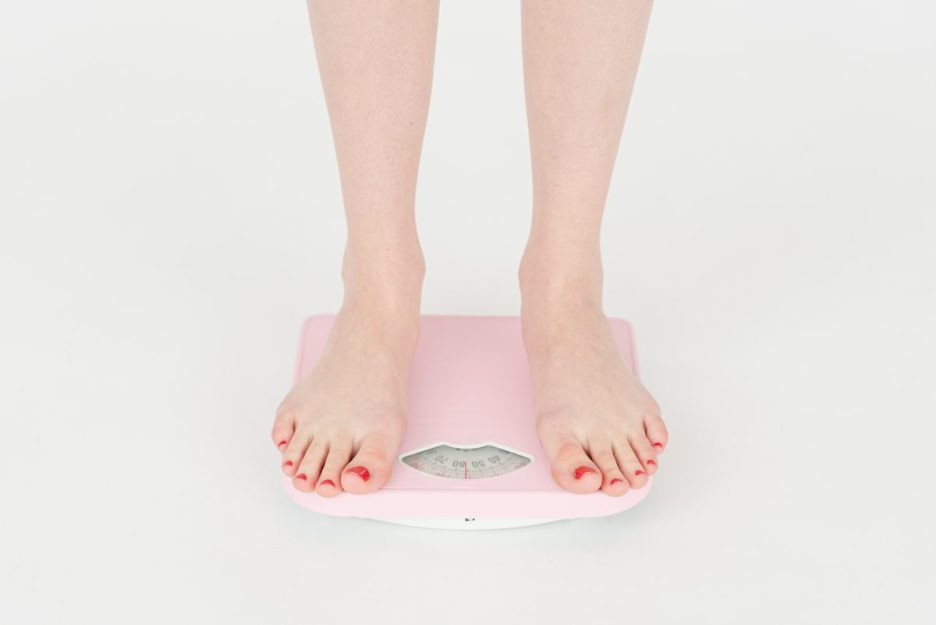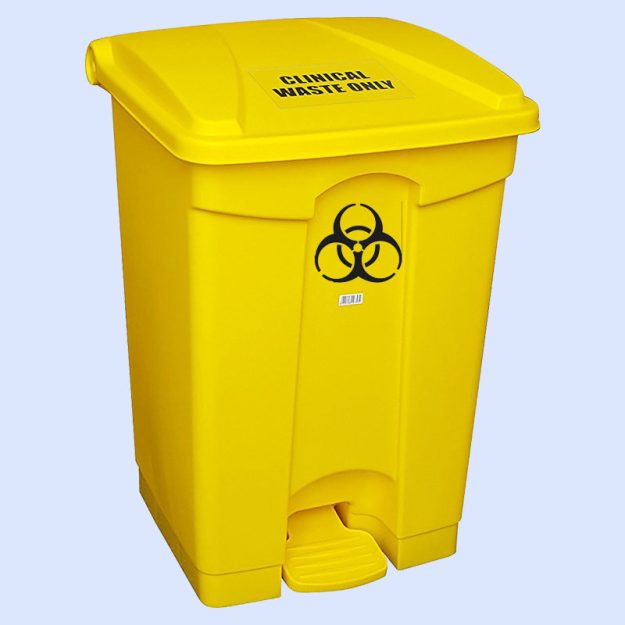Spina bifida

Define Spina Bifida?
Spina bifida is a spine disorder that is usually detectable at birth. It’s an example of a neural tube defect (NTD). Spina bifida can occur anywhere along the spine if the neural tube fails to shut completely. Spina bifida is a birth defect that affects the spine and spinal cord.

Here is some additional information on spina bifida:
- Spina Bifida Causes:The specific cause of spina bifida is unknown, however it is thought to be a combination of genetic, dietary, and environmental factors. A family history of neural tube abnormalities and a folate (vitamin B-9) deficit during pregnancy are two risk factors for spina bifida. Folate supplementation is frequently advised before and during pregnancy to lower the risk of spina bifida and other neural tube abnormalities.
2. Spina Bifida Types:
Spina bifida is classified into four categories:
- Occulta: The spinal cord and surrounding components are normally normal in this form, but there may be a small gap in one or more of the vertebrae. It frequently goes unrecognized because it does not usually create symptoms.
- Defects in the Closed Neural Tube:The spinal cord is not adequately developed in this case and is covered by skin. Depending on the location and degree of the abnormality, it can cause a number of neurological symptoms.
- Meningocele: The protective coating around the spinal cord (meninges) pushes through a hole in the spine, forming a sac filled with cerebrospinal fluid. Meningoceles can cause neurological issues, but they are usually less severe than myelomeningoceles.
- Myelomeningocele:The spinal cord and its protective covering (meninges) emerge through a hole in the spine in this most severe form of spina bifida. It frequently causes considerable nerve damage, which can lead to paralysis, bowel and bladder issues, and other complications.
- Diagnosis:Prenatal screening and imaging, like ultrasound, are commonly used to identify spina bifida. MSAFP testing for maternal serum alpha fetoprotein (MSAFP) can also be used to check for neural tube abnormalities. Physical examination and imaging investigations such as MRI may confirm the diagnosis after birth.
- Medication:Spina bifida treatment differs based on the type and severity of the disorder. There are two basic therapeutic options:

- Surgery:In many situations, surgery is required to correct the deformity. To minimize difficulties and prevent infection, surgery for myelomeningocele is usually performed during the first 24 to 48 hours of birth. As the kid grows, additional procedures may be required.
- Foetal Surgery:In some situations, particularly with myelomeningocele, foetal surgery during pregnancy may be explored to fix the anomaly before birth. This is a complicated operation that is usually reserved for cases that meet specified criteria.
- Continuous Management:
- Physical Therapy:Physical treatment is beneficial to many people who have spina bifida. Patients can benefit from physical therapy by improving their muscle strength, flexibility, and mobility. They can also assist in the management of orthopaedic disorders such as scoliosis, which is more common in patients with spina bifida.
- Occupational Therapy:Occupational therapists help people improve skills for daily activities like dressing, feeding, and self-care in order to maximize independence.
- Bowel and Urological Care:Spina bifida patients frequently have bowel and urine incontinence. In order to maintain urinary and bowel health, managing these problems frequently entails using a combination of drugs, catheterization, and bowel control regimens.
- Orthopaedic CareManaging the condition’s potential musculoskeletal complications may include orthopaedic specialists. Addressing conditions like clubfoot or hip dysplasia can fall under this category.
- Neurological Treatment:For people with more severe forms of spina bifida, ongoing neurological monitoring and management may be required.
- Emotional and Psychological Support:Spina bifida is a chronic illness that can have an emotional and psychological toll. Individuals and families can get the support they need to deal with the difficulties and tensions brought on by the condition through counselling and support groups.
- Education anddevelopmental support may be necessary for many spina bifida patients in order to address developmental delays or learning difficulties.
- Prevention:Although spina bifida cannot always be avoided, there are steps that can be taken to lower the risk:
- a. A sufficient quantity of folate can considerably lower the incidence of neural tube defects like spina bifida, hence pregnant women are frequently advised to take folic acid supplements both before and throughout pregnancy.
- Genetic counselling:Genetic counselling can help families with a history of neural tube abnormalities understand their risk and possible prophylactic measures.
- Healthy Pregnancy Practices:Keeping a healthy lifestyle during pregnancy, such as eating the right foods and abstaining from particular drugs or substances, can help the foetus develop normally.
- Mobility aids and assistive devices Spina bifida sufferers may use assistive devices like wheelchairs, braces, or crutches to improve their movement and independence, depending on the severity of their mobility limitation. To suit specific requirements, these devices are frequently modified.
- Shunt Positioning Spina bifida sufferers occasionally run the risk of developing hydrocephalus, a disorder marked by an accumulation of cerebrospinal fluid in the brain, especially if they also have myelomeningocele. Increased intracranial pressure may result from this, necessitating the installation of a shunt to direct extra fluid away from the brain and into an area of the body where it may be absorbed.
- Ongoing Medical Surveillance Spina bifida patients frequently require lifelong medical care to handle any potential consequences or new health issues that may develop over time. It’s imperative to visit specialists and basic care doctors frequently.
- 10. Making the Transition to Adulthood There is a need to move spina bifida patients from pediatric to adult healthcare services as they get older. Managing healthcare, education, work, and social integration concerns are all part of this shift.
- Support for Independent Living and Social Activities:Many spina bifida sufferers can live independently with the right assistance and modifications. People with disabilities can access resources and lead fulfilling lives in their communities with the aid of support systems and social services.
- Research and developments:The goal of ongoing research is to further our knowledge of and ability to treat spina bifida. The quality of life for people with this ailment is continuing to improve because of developments in medical technology and medicines.
- Education and Advocacy:Spina bifida parents frequently take on the role of their children’s educational needs’ champions. This could entail collaborating with educational institutions to create Individualized Education Plans (IEPs) that meet certain educational needs and accommodations.
- Support for Employment and Career Development:When people with spina bifida reach adulthood, they can need support in finding acceptable work options as well as vocational training. Programs for vocational rehabilitation can help with acquiring job skills and finding employment.
- Recreation and social gatherings:The overall health of people with spina bifida depends on encouraging them to engage in social and leisure activities. Opportunities for socialization and personal development can be found in accessible sports, cultural programs, and social clubs.
- Pain Management Chronic discomfort can affect certain spina bifida sufferers, especially those with severe physical problems. It may be important to use effective pain management techniques, such as physical therapy, drugs, and treatments.
- Ongoing Support for Mental Health:Spina bifida sufferers and their families may experience emotional and psychological stress as a result of living with the condition. For overcoming these difficulties, having access to mental health services like therapy and support groups can be quite helpful.
- Support for Families:Spina bifida families frequently need continuing assistance and tools to help them deal with the special needs of caregiving. Making contact with spina bifida support groups and organizations can be a great source of advice and help.
- Clinical trials and scientific study:Spina bifida and associated problems are the subject of ongoing research that may result in new therapies and treatments. Spina bifida sufferers who want to progress in science often decide to take part in clinical studies.
Conclusion :
Spina bifida is a congenital disorder that affects the spine and spinal cord, to sum up. It often requires lifelong management and can present in a variety of ways, from moderate to severe. Spina bifida is thought to have a nutritional, genetic, and environmental factor.
A multidisciplinary strategy is used in the treatment of spina bifida, involving surgical procedures, physical and occupational therapy, urological and intestinal care, and continuing medical monitoring. Other crucial elements of care include assistive technology, educational support, job training, and psychological counselling.
For people with spina bifida and their families, the transition from paediatric to adult treatment, advocacy, and access to support networks are essential. Many people with spina bifida can live happy, independent lives with the correct support and resources.
Future therapies and interventions for spina bifida may be improved thanks to ongoing research. Working closely with medical professionals and support groups can help you negotiate the potential and challenges related to spina bifida if you or someone you love is affected by it.
For More Article-
Varicose Veins | Popliteal Cyst | PCL Injury | LCL Injury | MCL injury | Hip Osteoarthritis | Patella Dislocation | CTS | Hand Fracture |
DKPS Physiotherapy at home services available in location :
DWARKA | PASCHIM VIHAR | PEERAGARHI | VIKASPURI | PITAMPURA | KOHAT ENCLAVE | RANI BAGH | ROHINI | JANAKPURI | MANGOLPURI | PUNJABI BAGH | NANGLOI | BAHADURGARH | NOIDA | GREATER NOIDA | GHAZIABAD | GURGAON | FARIDABAD | MUMBAI | GORAKHPUR | LUCKNOW |
-
Rohini sector 24 pocket 3 plot number 150





